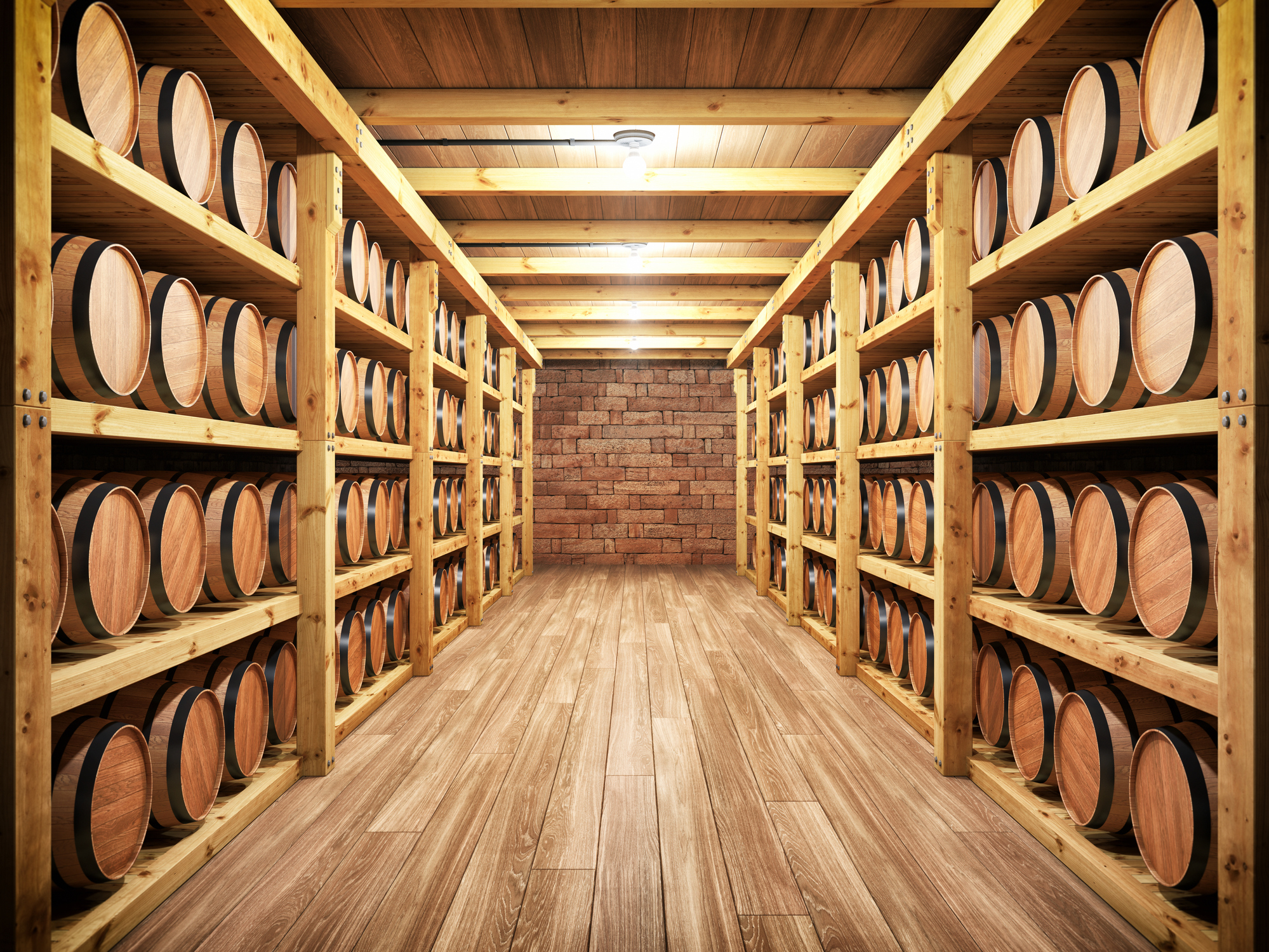More and more people are drinking American whiskey, particularly rye whiskey and bourbon. In 2017, U.S. sales experienced a healthy $252 million bump to a total of $3.4 billion, according to the Distilled Spirits Council.
Imagine if there was a way to improve your favourite whiskey. For the first time ever, researchers are carrying out a formal sensory study on the ageing characteristics of American whiskeys. The goal is to analyze recipe development and help distillers adjust their ageing processes.
Assistant professor Jacob Lahne and research associate Katherine Phetxumphou of Virginia Tech’s Department of Food Science and Technology are carrying out the study, which analyzes how people distinguish the variety of smells and tastes that take place during the ageing process, reports Lancaster Farming.
While American whiskey is a booming industry, particularly in the last decade, it’s been hard to get grant funding for the research due to the history and morality connected to the beverage, explained Lahne.
During the American whiskey making process, fermented grain mash is distilled and often left to mature in oak barrels. Flavour is created through the processing and combination of ingredients; however, many believe the ageing process is particularly important when it comes to taste. Distillers use their own experts to decide when a batch is ready because outside data is not readily available.
“Our goal is to conduct a controlled experiment to connect whiskey flavour to sensory outcomes,” Lahne told Lancaster Farming. “This may ultimately be useful to distillers who are interested in how they can optimize ingredients, processing conditions and ageing to produce particular flavour outcomes, and it may help consumers form more accurate expectations about how particular whiskeys will taste.”
Eleven study participants over the age of 21 have taken part in the research. They spent several sessions smelling and tasting whiskeys of various ages and then assigned descriptive words to characterize the samples (i.e., smoky, vanilla or licorice). Later the participants sampled the whiskeys again and rated them on an intensity scale.
The study wrapped up in December, and the two researchers hope to publish their findings this spring.
“The methodology that we’re using — descriptive analysis and sensory evaluation in general — is a growing field that’s used prominently in the food industry,” she said. “The whiskey aspect itself may not translate into other food sectors, but the methodology definitely can.”
Lahne, meanwhile, hopes their research will benefit local micro-distilleries.
“Virginia doesn’t have a huge number of major distilleries, but it has a really large number of small- or mid-sized micro-distilleries, and that number is growing tremendously,” he noted.


